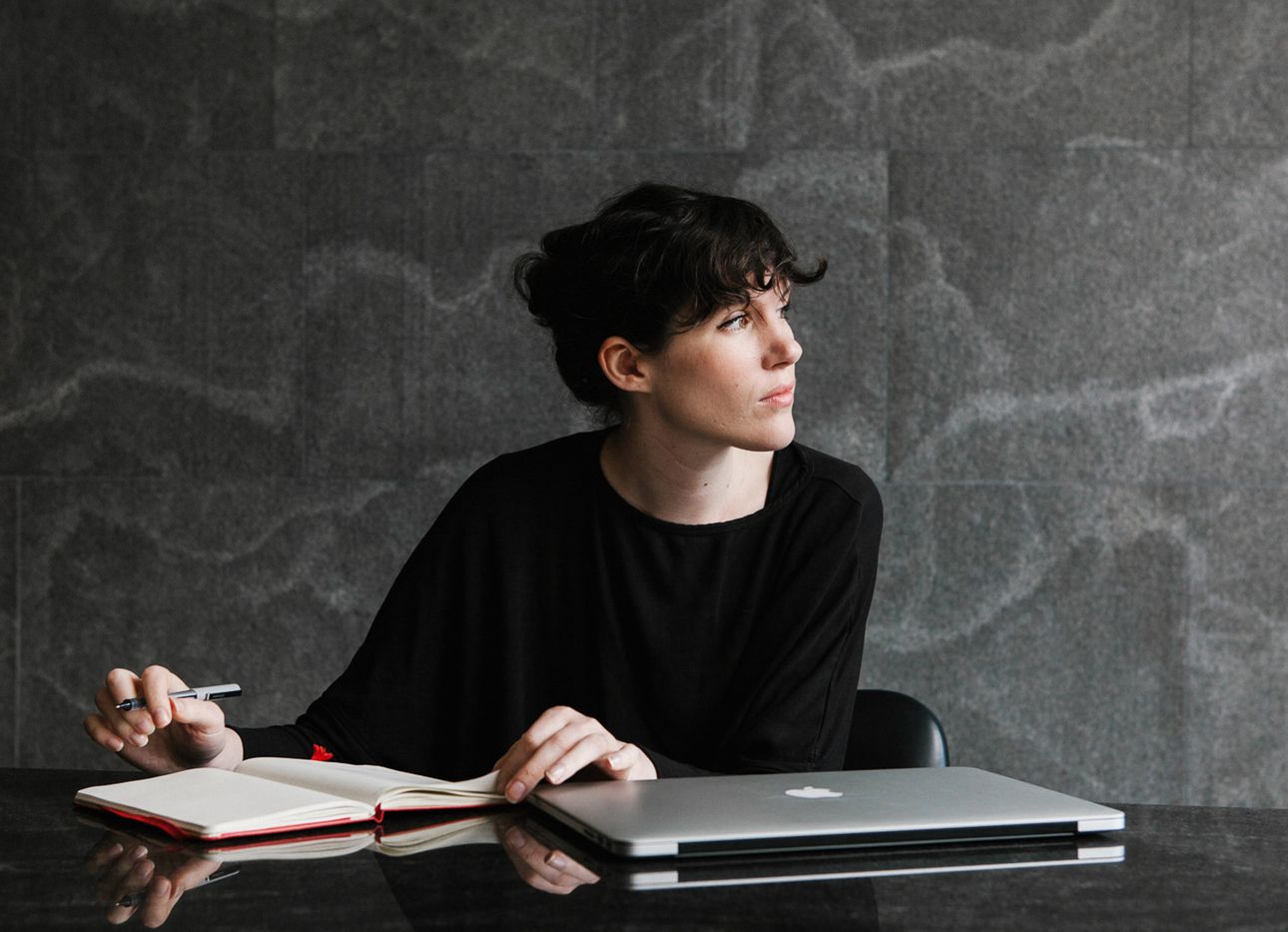
Beatrice Galilee’s New Architecture Conference Takes a Whole-Earth Perspective
Beatrice Galilee, curator, writer, and the former associate curator of architecture and design at the Metropolitan Museum of Art—where she spearheaded the annual symposium, A Year of Architecture in a Day—tells us about her latest venture, The World Around, a global architecture forum launching Jan. 25 with a conference at the Times Center in New York City.
When did the idea for The World Around begin?
What I found, when I was doing the conference at the Met, was that there was this huge audience and engagement for contemporary architecture. It wasn’t just architects, it wasn’t just students; it became a cultural event for the city. That was really inspiring and exciting to witness: that architecture was forming this role and a place, a topic around which people could convene, relate to, be excited about, and understand. Situating architecture in the realms of something urgent and important within a museum context is really, really powerful.
The World Around is about taking that concept and rolling it out beyond New York. Innovation is not confined to the Western world or major cities, and the world is so interconnected. Our hope is that we will be championing different voices in architecture and, in a way, pushing them into mainstream discourse.
Hosting the event every January makes for an apt moment to take stock of the various conversations and developments of each year. Looking back, what resonated with you most in 2019?
For the first theme for The World Around, we’re calling it “Reconnecting with the World Around.” A lot of the themes over the past year—from Paola Antonelli’s Milan Triennale, “Broken Nature,” to the work of Japanese architect Junya Ishigami—have been about forging a reconnection with our environment, and more caring, joyful encounters with nature. In a way, it’s much more philosophical, very much about understanding global movements and our impact on the planet. That’s been at the forefront of many cultural and political conversations at large: There was almost no way to disconnect the practice of design and architecture in the last year from concerns about the climate crisis, taking better care of the planet, being more conscious about materials, and being more thoughtful about the impact that architecture and design have. I would say that goes beyond a theme—it’s more of the atmosphere we’re in.
Another big focus for our first event is looking at data and identity. As we start to understand the imprint that our lives have, and the value of the data that we provide these global tech corporations, there’s a need for a moment to take stock and ask: Where is all that going? Data is largely regarded as the oil rush of the 21st century, the most valuable commodity that we have. It’s the thing that greases the wheel of all tech companies. We leave a trace of data that someone buys and sells, and has the opportunity to sell to me, based on a history of what I’ve clicked on.
Architecture comes down to power structures, physical or otherwise, and it seems pop culture is having a bit of a preoccupation with utopias and dystopias. What do you make of that?
There was a time when the future was kind of utopian—the idea of the future was exciting and invigorating to think: Who’s the architect of the future? And how are we going to live in the future? But now, truly, it just fills me with dread. I feel like the idea of the future has a totally different atmosphere now. We’ve kind of lost the opportunity to have agency over our future because of what has happened to the planet. I do feel like the utopia/dystopia conversation is almost something of the past, whereas I am more interested in tomorrow—not the far future, but rather, what’s happening today, and what we can do about it. I do feel like it’s a slight sense of foreboding. Our effort is to try and change the conversation and move it a degree into this direction, and try and change the level of hope or interaction we have with our future.